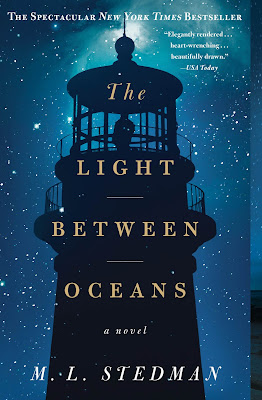The Way of Coyote: Shared Journeys in the Urban Wilds by Gavin Van Horn (2018)
While perhaps lacking the political urgency of the present in connecting the dots between economic instability, racial injustice, and climate change on a local and global scale, The Way of Coyote: Shared Journeys in the Urban Wilds by Gavin Van Horn (2018) nevertheless brings an overarching, holistic point of view to the contradictory landscape of Chicago, Illinois. Chicago, one of the most well known cities around the globe, albeit notorious, is spared its grimier history and violent present in a sweeping narrative about the interconnections, oppositions, and magnetism between the biological and the industrial, the natural and the technological. Van Horn presents less of an attempt to merge the two oppositions and instead gives more of a push towards a revelation of a greener, lusher, wilder, woodier, more Arcadian world that seeps through Chicago's crevices, cracks, potholes, and crumbled houses, buildings, and towers, reminding the audience that despite the city's push for big business in its hey-day, the neglected realm of the forest and garden, the flora and fauna never disappeared from its scene. Rather, that Edenic world merely diminished, like a slowly dying fae, still flashing its light, softer now, more sedate.
Van Horn wants to turn that light up, as he clearly does in his book. Throughout the text, he goes back in time to borrow philosophies from Lao Tzu's Tao Te Ching:
"I'm not a Taoist practitioner in any formal sense, but I've found the Tao Te Ching a helpful interpretative tool for making sense of the city, for reconciling what seem to be dualities, such as the urban and the wild, into a more continuous whole. I think it's high time to welcome Lao Tzu back to town." (p. 6)
With Lao Tzu as model and motivation, Van Horn magnifies the bits of wilderness he finds within the cityscape: coyotes, hawks, great blue herons, foxes, just to name a handful. In chapters I particularly liked, he constructs wonderful little parables and fables concerning the animals, and imagines the kind of conversations they might have with one another as they find themselves in the same sticky situations of the man-made world. While wary of the scientific debasement of anthropomorphism, Van Horn deems that he is less of an anthropomorphizer than relating, empathizing, and yearning to understand the lives of these animals as they struggle and flourish, flourish and struggle under the pressures of human society. In that case, I say - anthropomorphize all you want.
Van Horn's research is a key component in giving readers a way to access what is being done about what is a indeed a deep problem in our world: the question of how to reconcile the rapidity of human capital with the oft-looked over habitats of the wild. In fact, it is an attempt at re-wilding what has been so terribly tamed. Van Horn is careful not to offend those who trampled on the land's previous form. Like blind or naive children, they need to be led... not scolded. And here is some of what they've done in conpensation:
"...ongoing red woodpecker habitat management on an active air force base in northern Florida; Chiricahua leopard frog recovery conducted by a coalition of ranchers in the American Southwest; and a reconstructed pseudo-salt marsh that is a boon for migrating birds in Eliat, Israel. All share a common thread: with the proper adjustments and adaptations, humans can live - and make a living - alongside other species, and both can thrive... reconciliation ecology will work for some species and not others, so conservation still needs restoration and preservation in its tool kit to accommodate different species." (p. 29)
A lot of The Way of Coyote a mapping of Chicago territory and a tracing of how it was altered against the grain of its own inclination prior to the arrival of the settlers (then, a manipulation for other purposes). For this reason it is an important book in its illumination of how drastically the landscape was transformed in such little time (one-two centuries as opposed to the millennia of a more organic flow). Rivers were completely reversed, entire prairies uprooted, forests completely cleared. Van Horn speaks out, loudly, as if to say: What remains? Who is still here? In doing so, he opens himself up, surrenders to the city's inevitable presence, lifting the veil of it to see the disaster that refuses to be ignored, shunned, the disaster that still lives, whether it wants to or not, its small light still twinkling, like ever dying stars. Catch it, care for it, and the world may yet still have a chance of reviving its will, if not its bounty.
"Who says we can't hear what a river has to say?" (p. 196)




Comments
Post a Comment